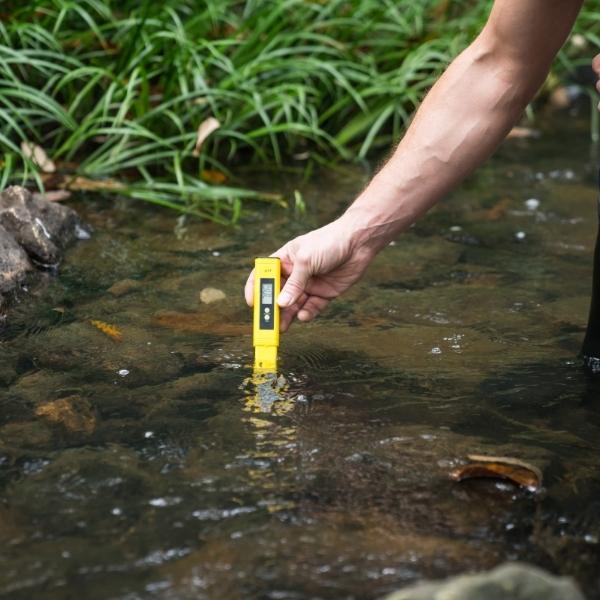Bioinformatics and Biostatistics
Sequencing is only the first part of microbial diversity and function analysis.
The next steps regarding data curation and analysis as well as biostatistics analysis include:
Α. Bionformatics
Chimaera detection and removal from NGS data
- Trimming and assembly of sequences
- Taxonomic classification of marker genes (16S/18S rRNA)
- Functional annotation of detected genes
- Genomes extractions from metagenomes for further investigation of species present in a sample and their functions.
Β. Biostatistics
Biostatistical analysis in NGS data and especially in multiple samples is essential for the extraction of comprehensive and robust results and conclusions.
We can analyze your results for checking sequencing coverage (how well the results represent samples’ communtites) and statistical tools in order to define important differences between samples as well as detect factors that might be important for differences between samples.
Areas of Control
The areas in which the modern SMALLOMICS laboratory offers solutions through microbial diversity studies are:
Microbiological analysis in water is crucial for testing safety. There are several law prerequisites that differentiate between drinking water and swimming waters (swimming pools, natural bodies). Although these prerequisites cover a wide range of pathogenic microorganisms in water they might miss pathogenic microorganisms that cannot be captured by conventional techniques and might be responsible for low water quality.We can provide microbial diversity and function analysis using Next Generation Sequencing (NGS) in different water samples including:
• Drinking Water
• Swimming Pools
• Environment (sea, rivers, lakes)
• Special aquatic ecosystems (aquaculture, reservoirs, etc.)
Microbial diversity in soils is huge.Exploring microbial diversity using NGS techniques can allow for the investigation of the majority of soil microbes taxonomy and function.
This might allow for the investigation of pathways including decomposition of complex or toxic organic compounds providing hints for soil quality.
Microbiological food and beverages testing is critical for ensuring safety for the consumers and avoiding losses for the producers.
• Accurate identification of microbial groups.
• Identification of all genes and metabolic pathways identified in a product.
• Detection of undesirable microbes along production lines that can cause changes in quality.
• Accurately determining and extending the end of shelf life of a product.
• Authenticity, traceability and safety of food and raw materials.
• Quantification of targeted micro-organisms of technological importance in fermentation products
• Screening for undesirable genetic modification (for cotton, maize or soya)
Wastewater treatment plants and sewage systems are designed in order to treat and return wastewater to ecosystems (usually water bodies) through complex tube systems. Therefore these systems represent sources of urban or rural microbial communities that finally end up in natural environments.
The monitoring of such microorganisms can be easily performed using NGS technologies assisting in the better performance of WWTPs.
Monitoring microbial diversity along production lines (from source to final product in industry) and at different sampling points (temporally or spatially in environmental studies) could follow changes in the abundance of microorganisms of interest. The importance of monitoring is based on the fast changes in microbial community composition due to the:
• the coupling of microbial metabolisms
• the competition between microbes for energy sources and
• the changes in optimal growth conditions
Areas of Application
Our analyses can be applied in the following areas.








